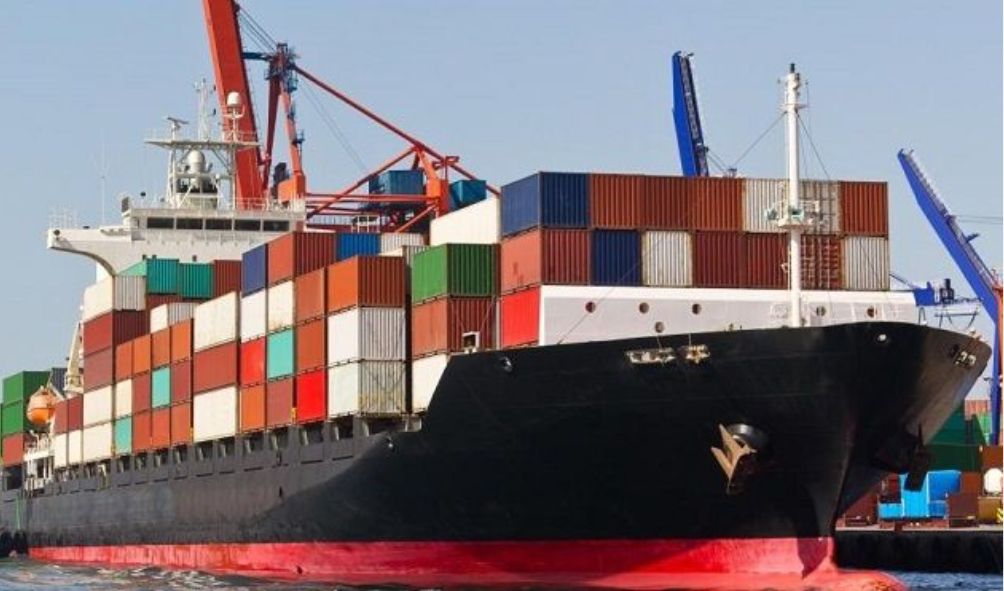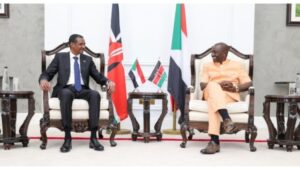Kenya spent K Sh2.5 trillion on costly imports

Costly imports (fuel and foodstuff) cost Kenya K Sh2.5trn, an equivalent of three-quarters of the country’s annual budget
Costly imports (fuel and foodstuff) cost Kenya K Sh2.5trn, an equivalent of three-quarters of the country’s annual budget.
Three-quarters of Kenya’s annual budget was spent by importers to bring in products, which damaged job chances for young people who are becoming more skilled and put pressure on the shilling’s value relative to other major world currencies.
According to official figures compiled by the Central Bank of Kenya, import expenditure jumped 16.21% to Sh2.49 trillion as a result of rising gasoline and food import costs.
The import bill is equal to 73.45% of the initial Sh3.39 trillion budget for the fiscal year that ends in June.
Due to ongoing supply chain disruptions that began a few years earlier as a result of COvid curbs and were exacerbated by Russia’s brutal war in Ukraine in February of last year, the price of essential commodities like petroleum products, wheat, edible oil, steel, and paper reached record highs in 2022.
Costly imports bill against a narrow basket of export goods helped widen the country’s goods trade deficit by 15.26 percent last year.
The trade deficit – the gap between merchandise imports and exports – rose to Sh1.62 trillion in 12 months through last December from Sh1.41 trillion the year before.
Kenya has over the years struggled to narrow its goods trade deficit partly due to reliance on traditional farm produce exports such as tea, horticulture, and coffee despite pledges by successive governments to expand the basket of merchandise and incentivize exporters who add value to produce.
Central Bank directs commercial banks to ration dollars following a shortage
KRA introduces real-time tax spying software
Ruto’s cabinet replaces the KSh10trn debt ceiling with the percentage of GDP
IMF backs Ruto’s plan to raise taxes
The value of imports has, for instance, jumped 76.98 percent over the last decade from Sh1.41 trillion in 2013, while exports, largely sold raw and thus fetching relatively lower prices, have increased 72.35 percent to Sh873.29 billion in the review period.
Most Kenyan traders export produce raw because of higher taxes slapped on semi-processed or processed goods in destination markets like Europe, fearing that value addition will make exports less competitive in the global markets.
Manufacturers have largely blamed the relatively slow growth in export earnings from merchandise trade on the high cost of production, singling out elevated energy prices as a major growth damper.
“If you look at some of the goods that we sell [abroad] like apparel, even with duty-free access to the US market, we are still 15 to 20 percent more expensive than our competitors in Central Asia like Bangladesh and Sri Lanka. The reason is that production cost in Kenya is very high because of expensive power, water, and labour,” Kenya Association of Manufacturers chief executive Antony Mwangi said.
“Kenyan products are competing with products from all over the world and, therefore, we need as a country and even at factory level to be globally competitive.”
Also read,
Ruto seeking KSh76.8bn loan from FOUR international banks
Govt will not stop nationwide prayer meetings, Rachel Ruto
Bitting hunger as school children roast dog meat in Samburu
Follow us





